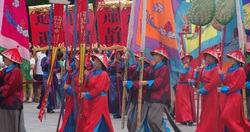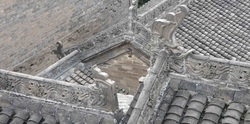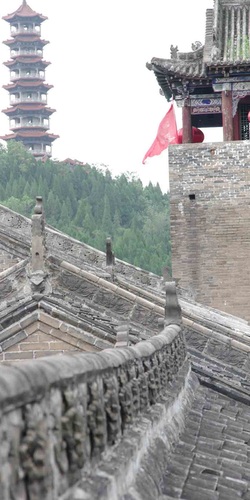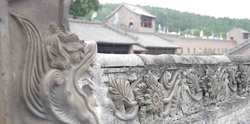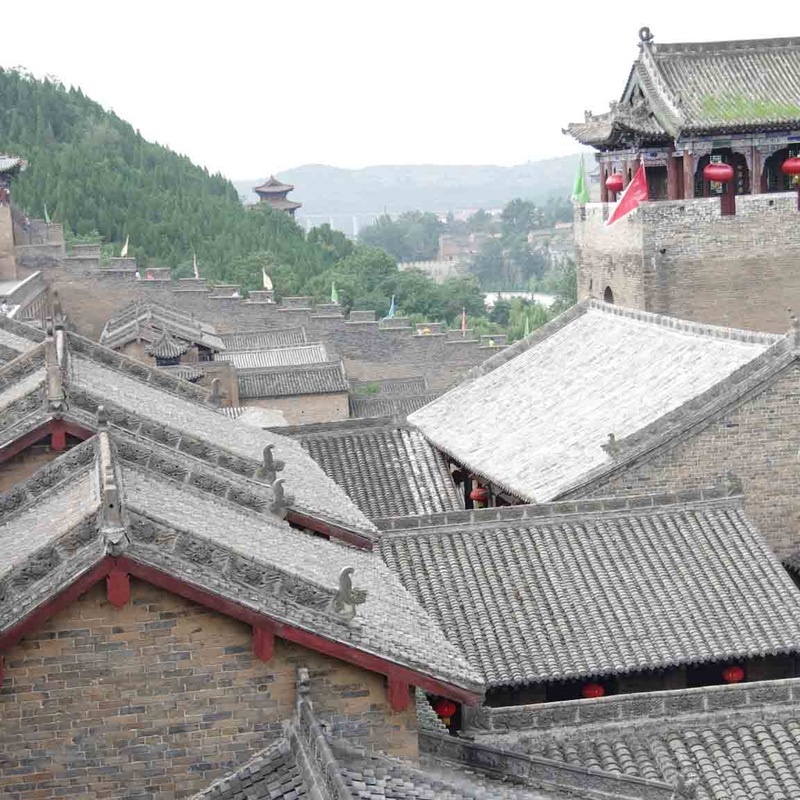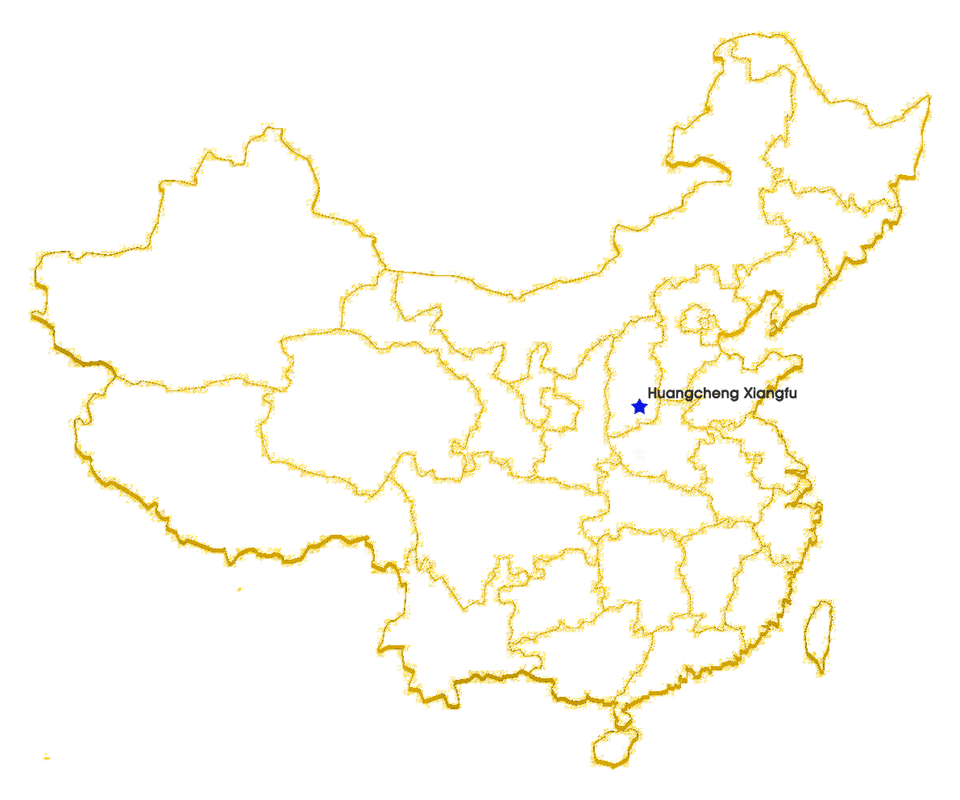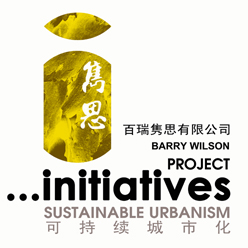|
Visit - Huangcheng Xiangfu
9/04/2015
2015/9/01
Interview: TVB Interview - "Give Way" 2015/8/31 Visit: Shanxi - Dai Yang Ancient Town 2015/8/19 Education: Guangzhou Library. The heartbeat of Zhujiang New Town 2015/8/17 Education: Heritage Buildings Popularised by Foshan Lingnan Tiandi |
|
Services |

